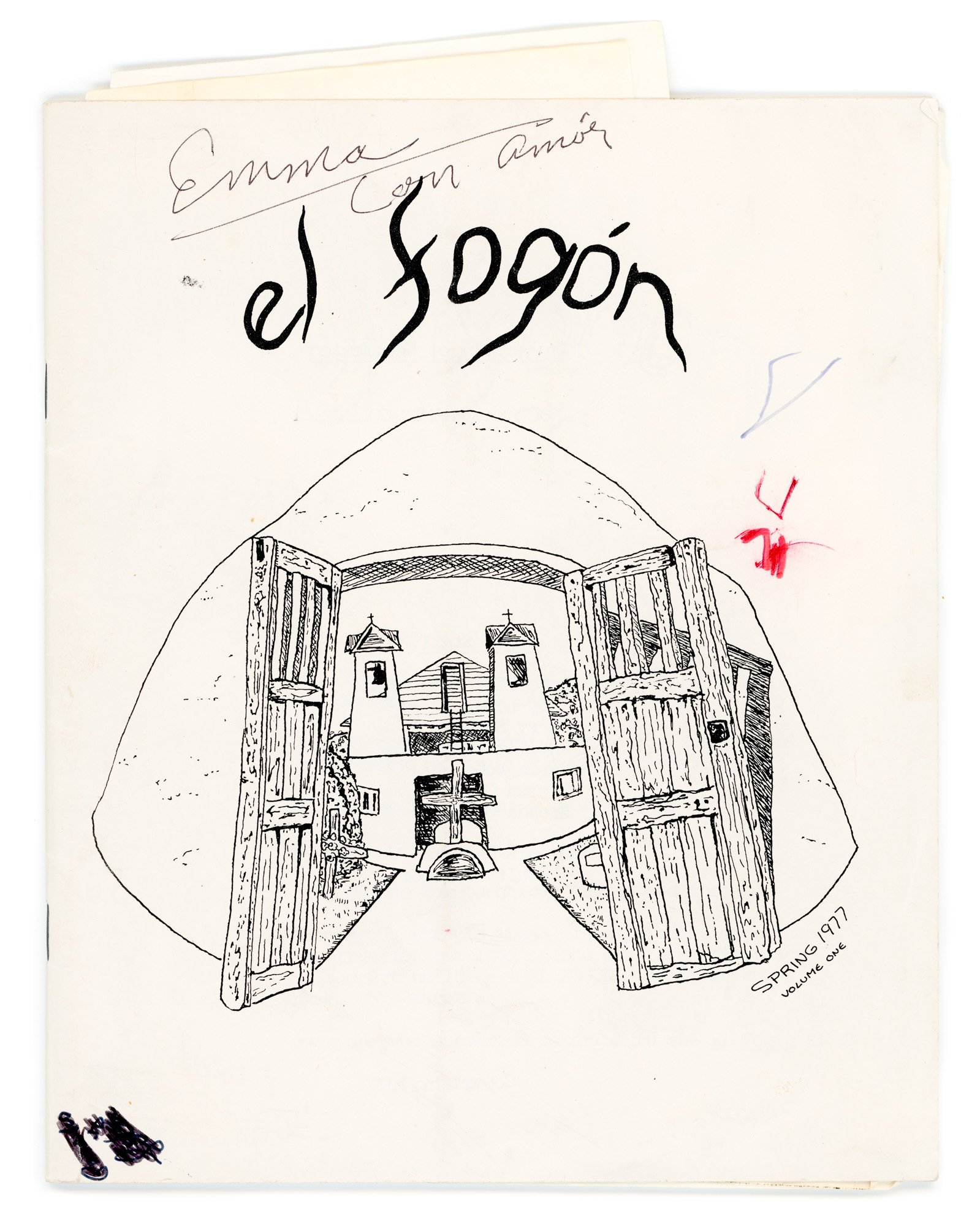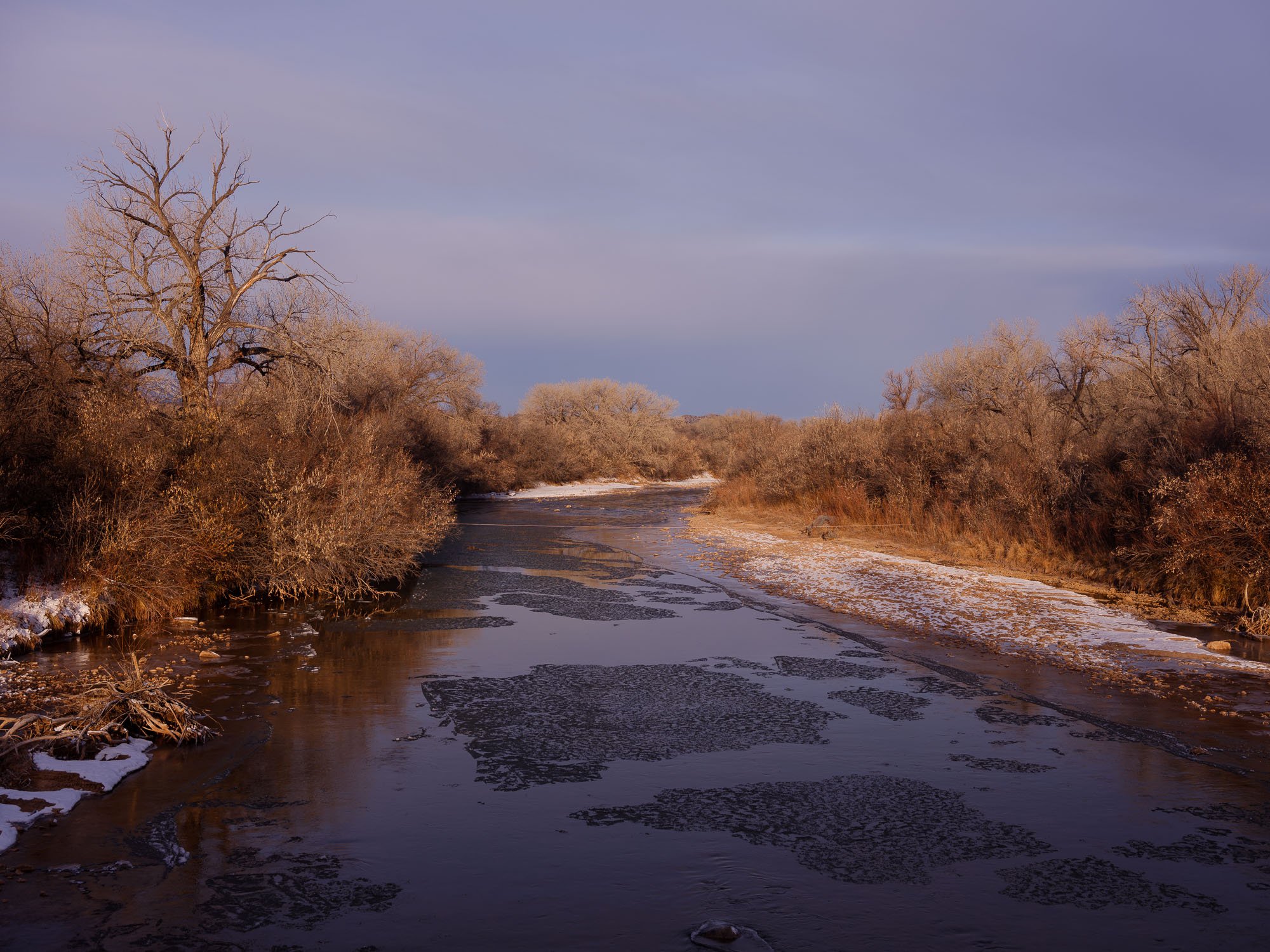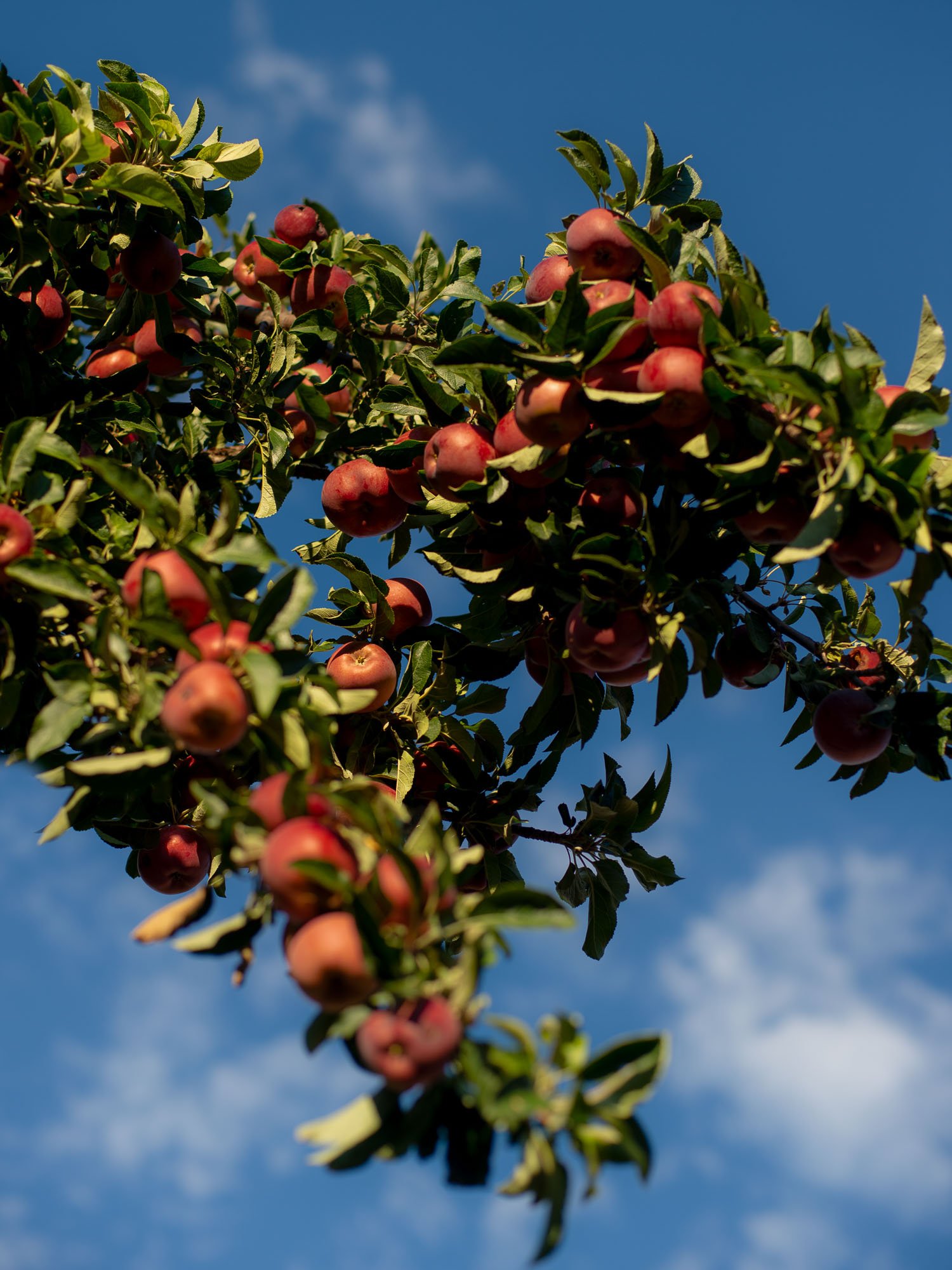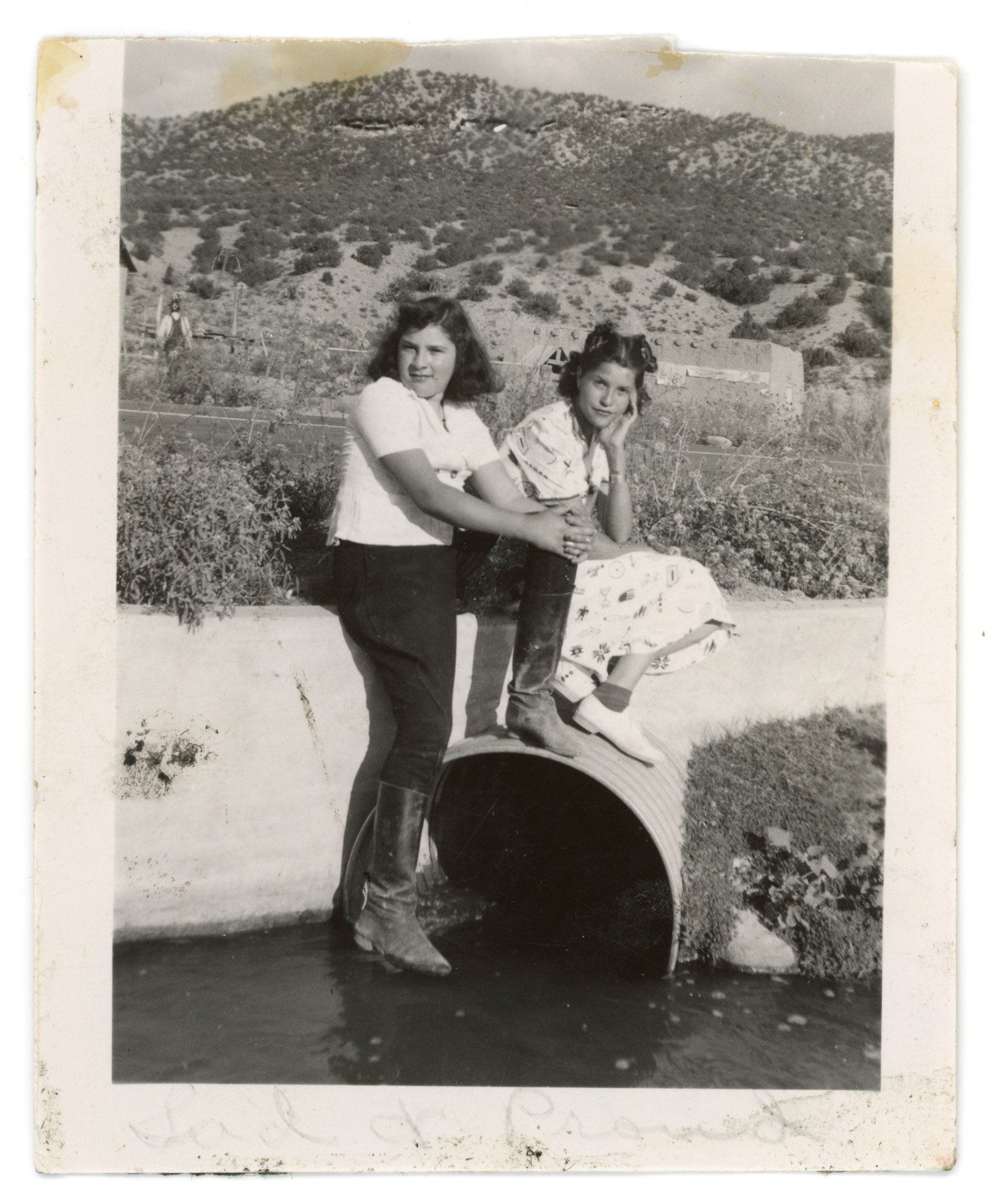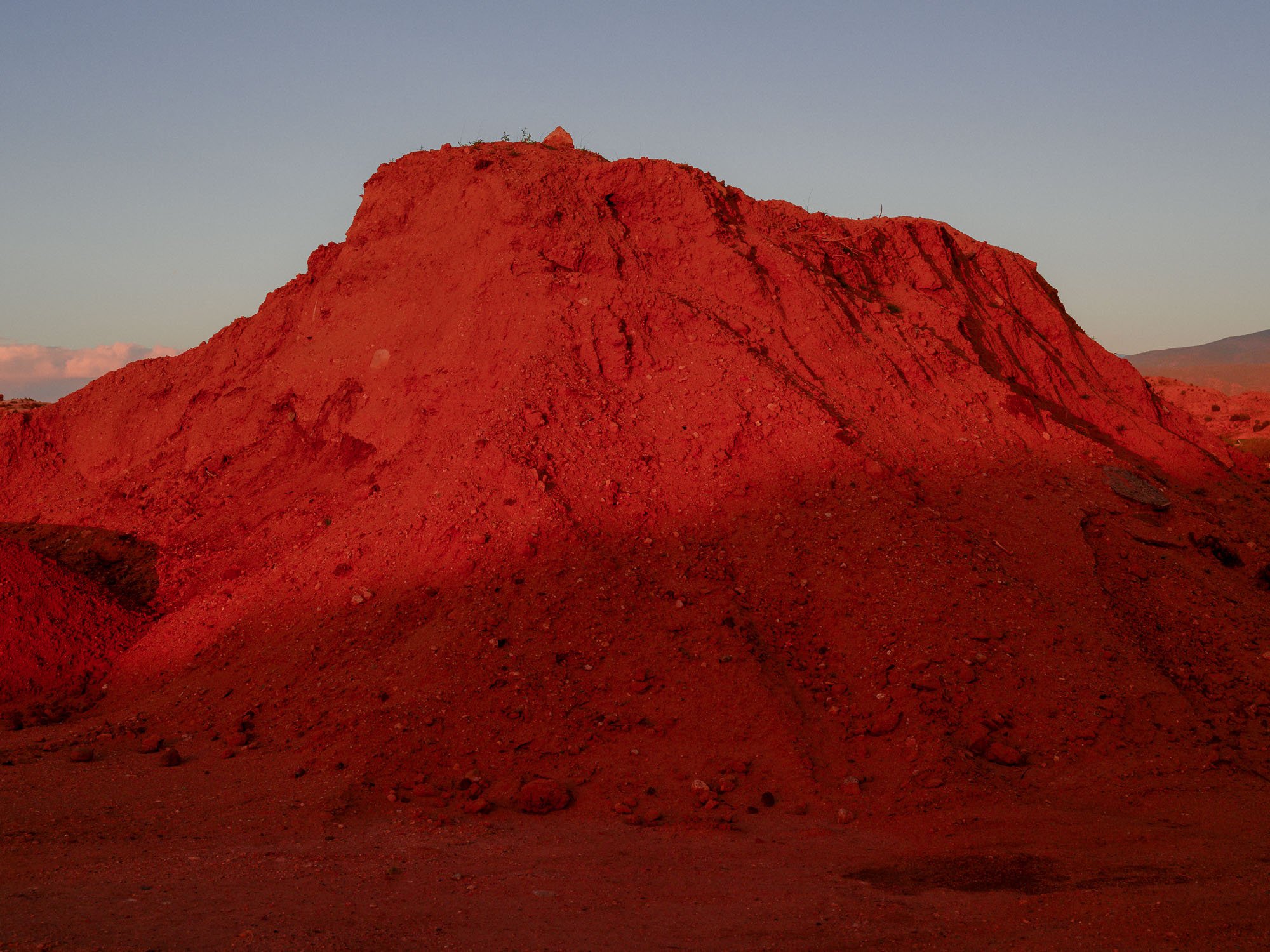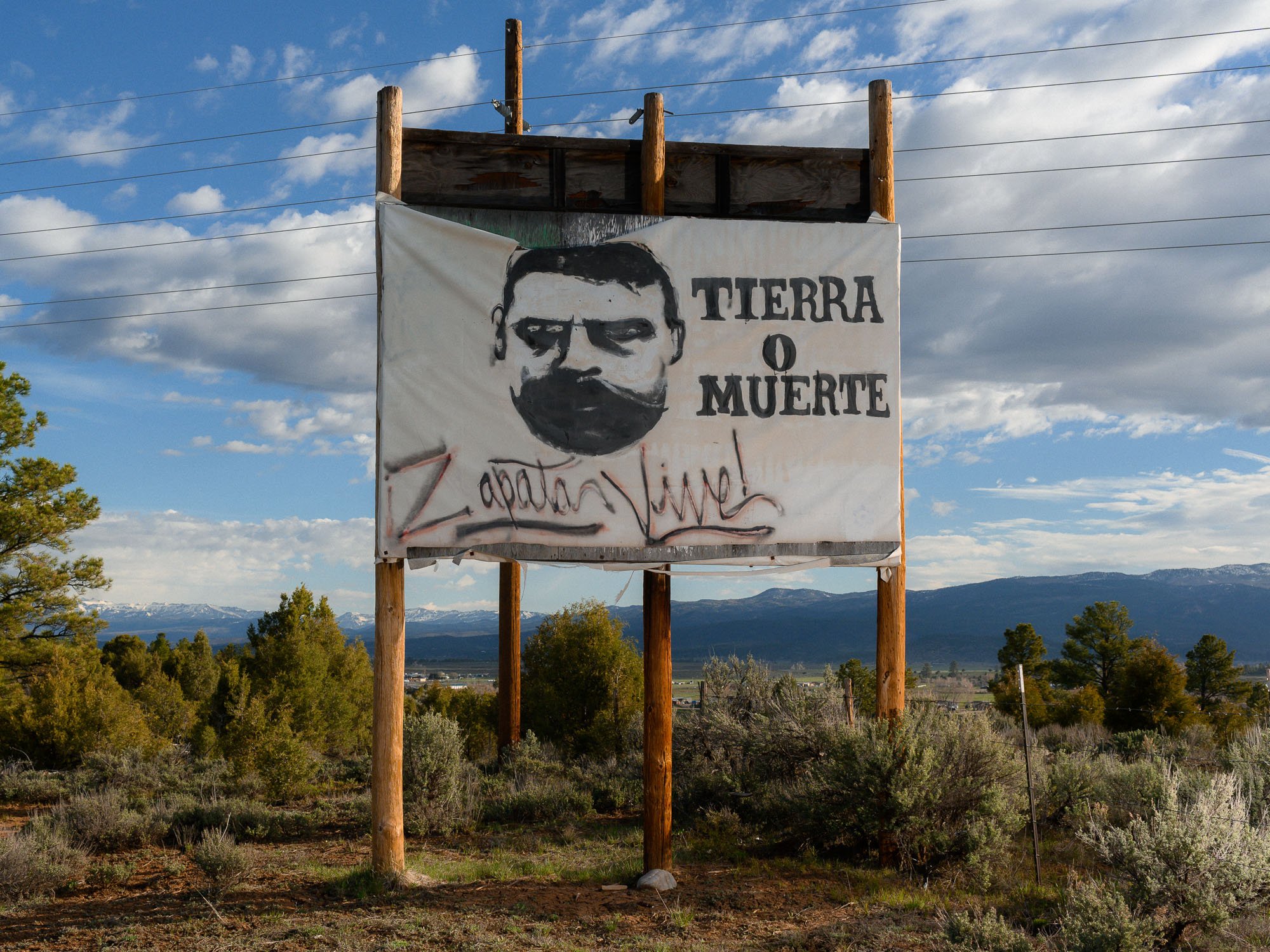para construirme
ni nivel se necesita
no más cierras el ojo
y ahí me voy hasta arriba
yo he servido por generaciones
a tus bisabuelos y abuelos
en mí han cocido
hasta las mejores tortillas
han calentado agua, han hecho jabón
y también me han usado para calentón
con la luz de mi lumbre
han estudiado infinidades de gente
tanta, que de mí
hasta se hizo presidente
excerpt from
El Fogón de Adobe
by Alfonso G. Atencio, 1977




